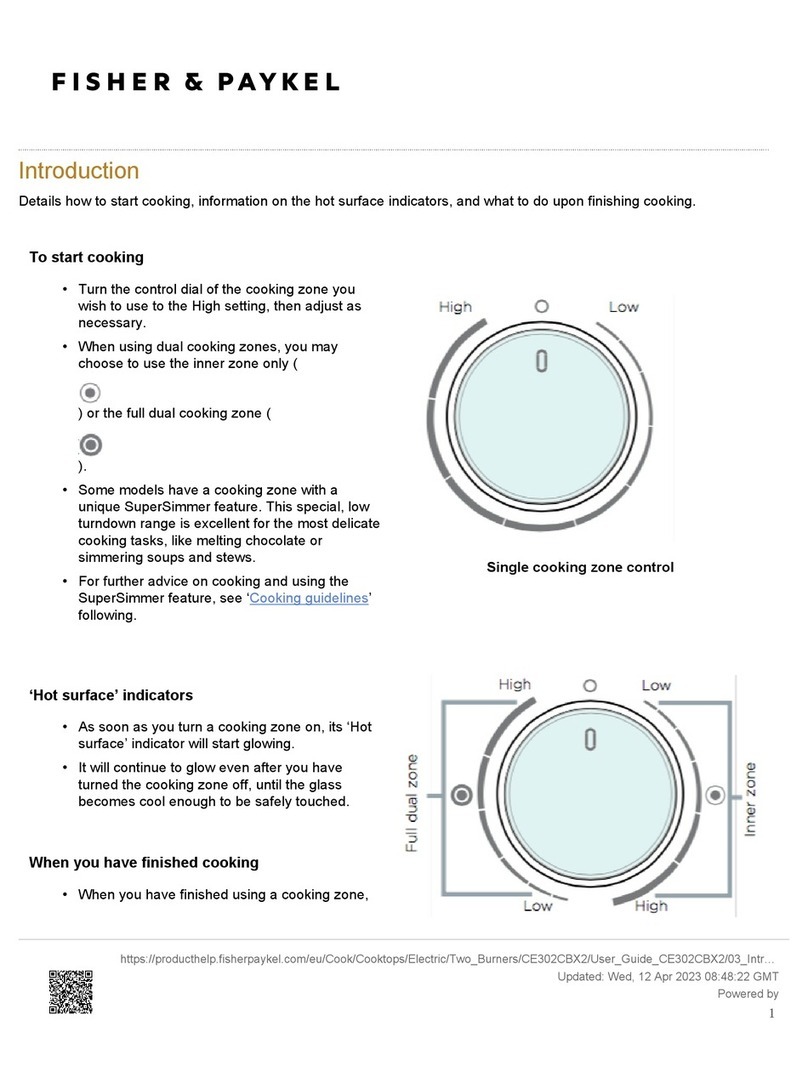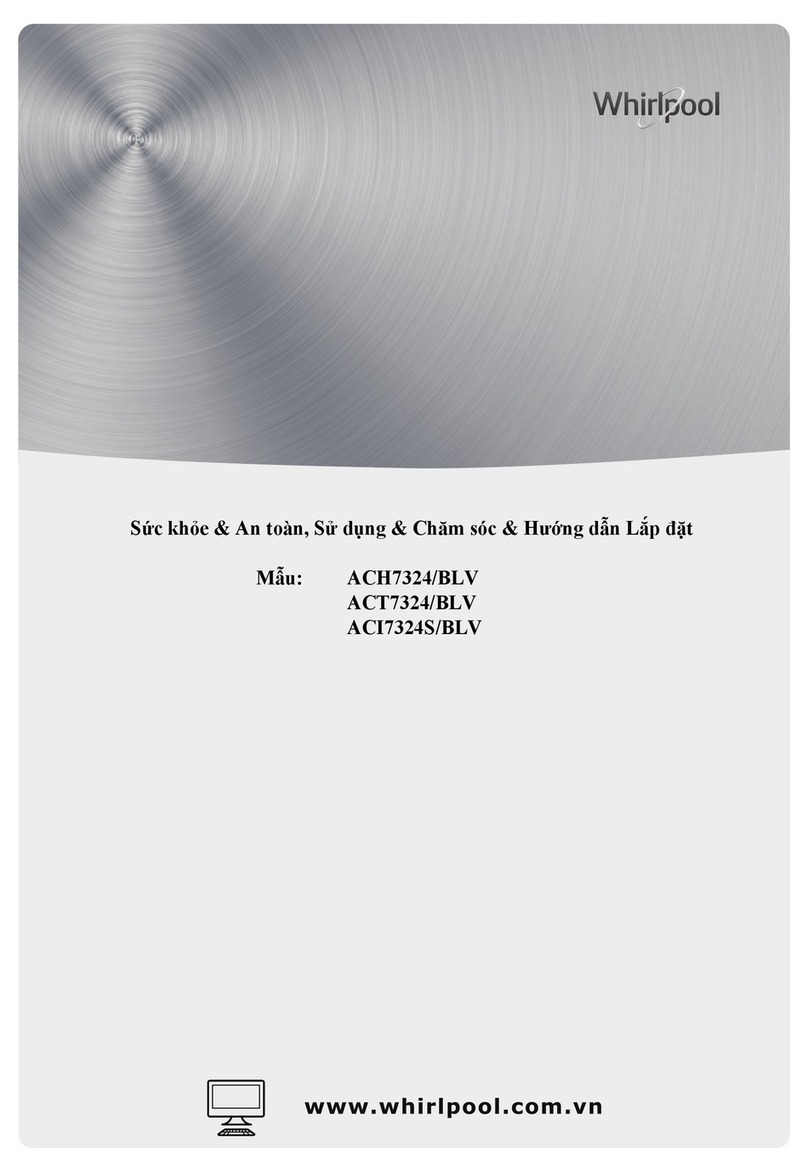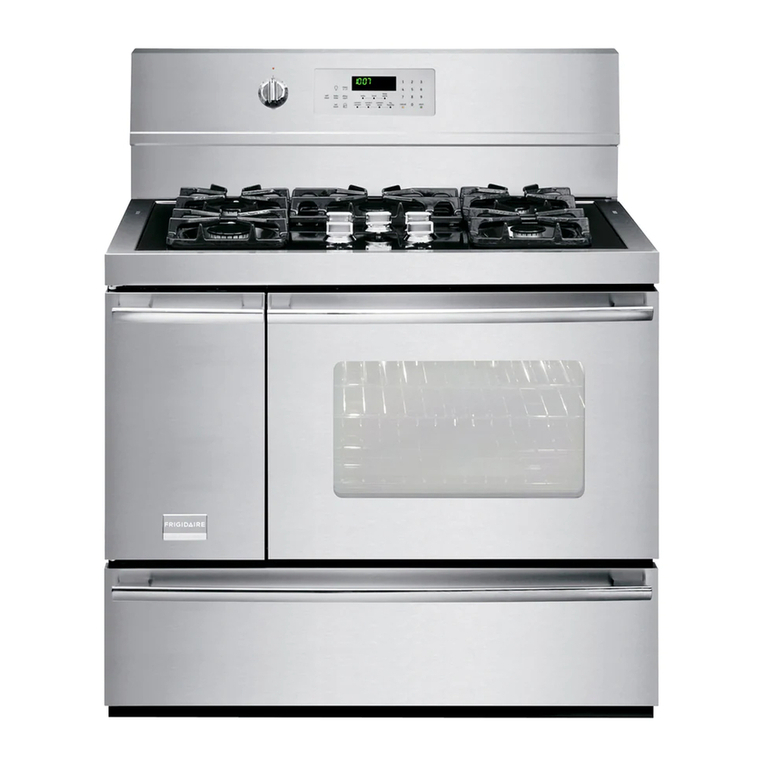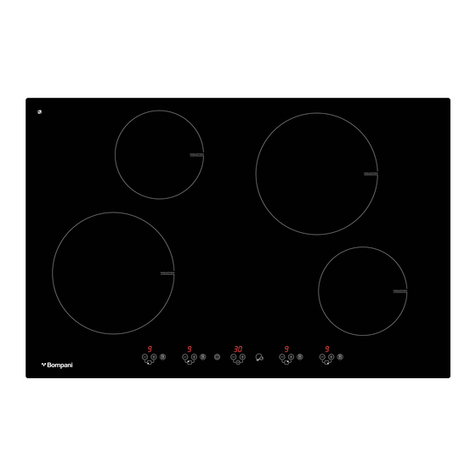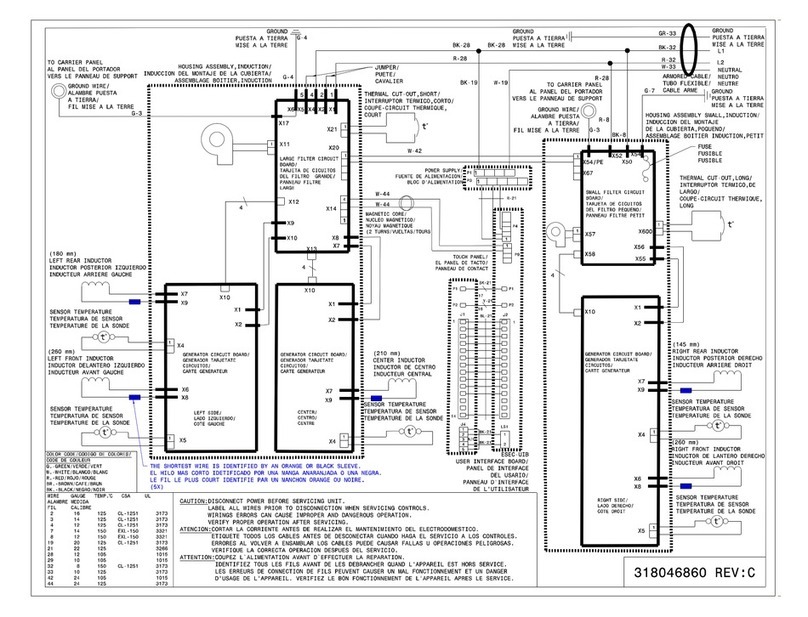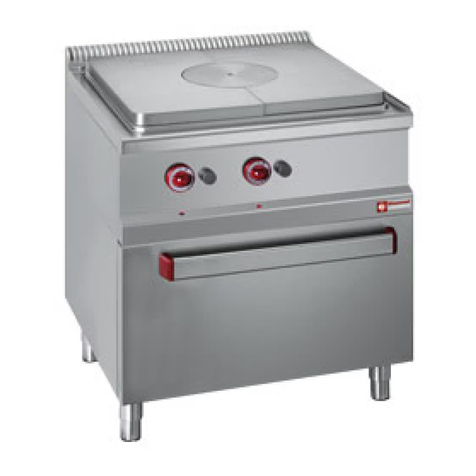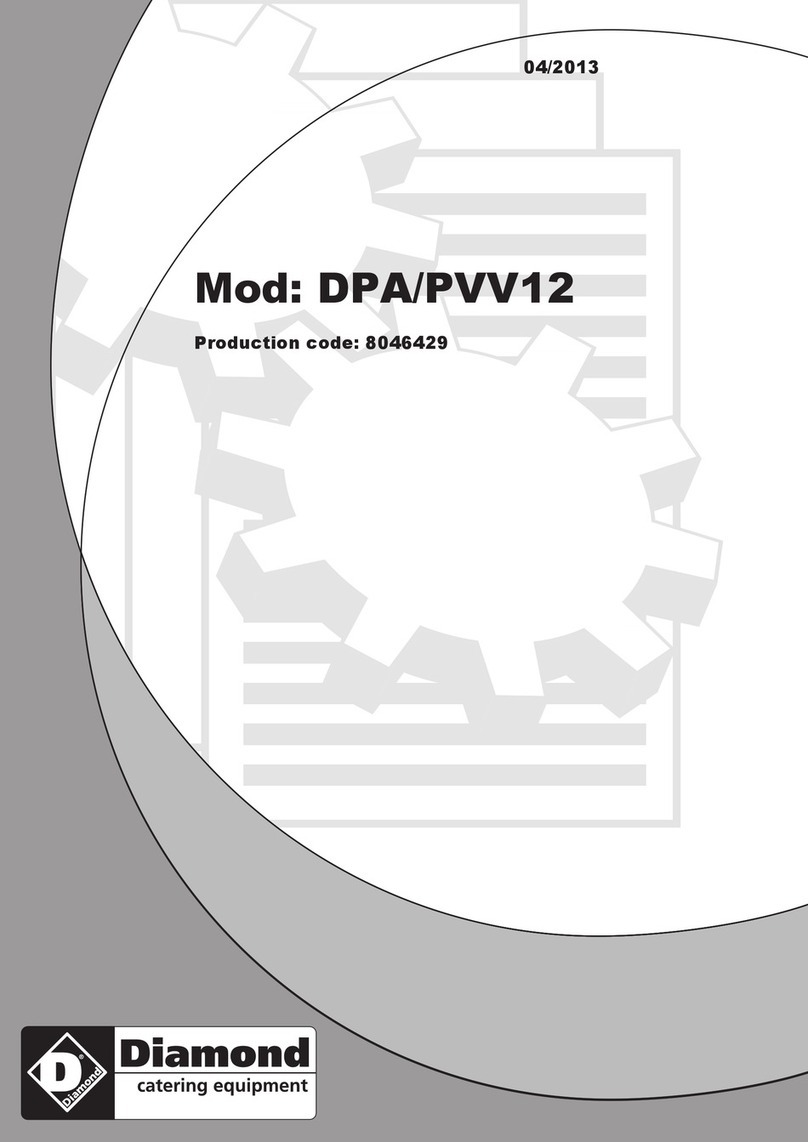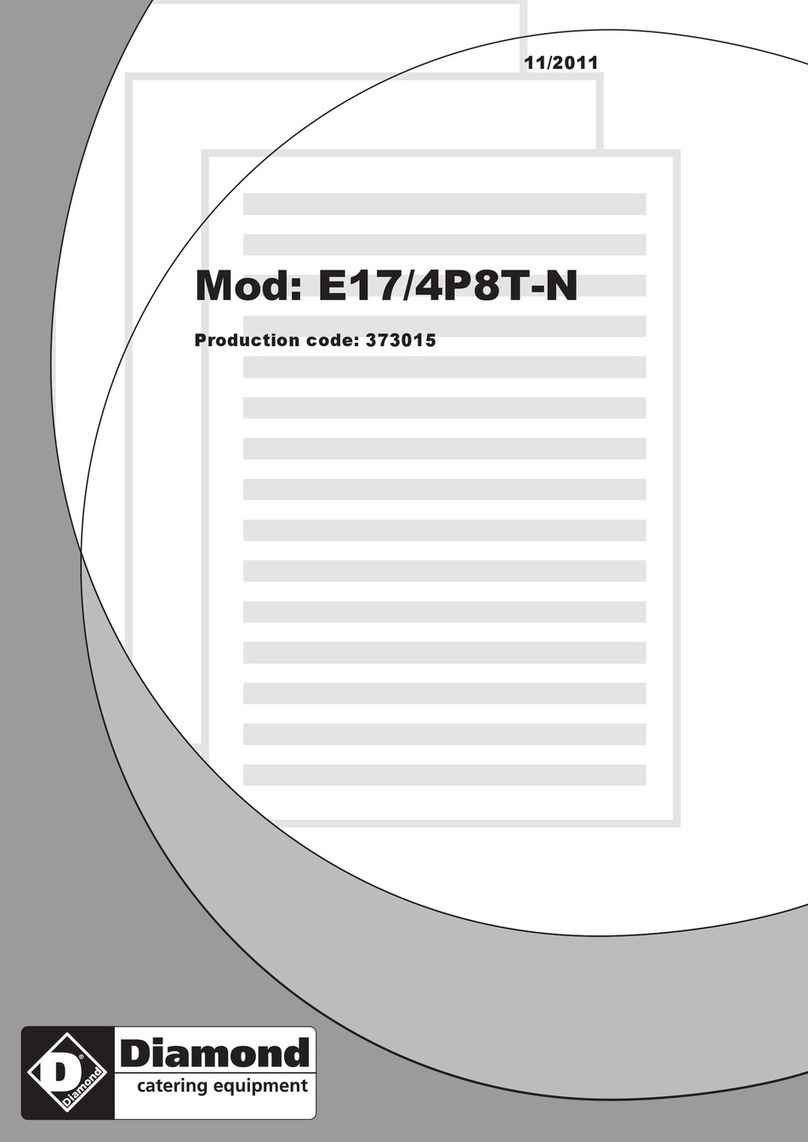
0.
IDENTIFICAZIONE DOCUMENTO - DOCUMENT IDENTIFICATION - IDENTIFICATION DU DOCUMENT
IDENTIFICACIÓN DEL DOCUMENTO - DOKUMENT-KENNDATEN - IDENTIFICAÇÃO DO DOCUMENTO
IDENTYFIKACJA DOKUMENTU - DOCUMENTIDENTIFICATIE - ИДЕНТИФИКАЦИЯ ДОКУМЕНТА
IDENTIFISERING DOKUMENT -
DOKUMENT IDENTIFIERING
0.1
QUADRO NORMATIVO DI RIFERIMENTO - STANDARDS OF REFERENCE TABLEAU NORMATIF
DE REFERENCE - MARCO REGLAMENTARIO DE REFERENCIA - REFERENZNORMEN - QUADRO
NORMATIVO DE REFERÊNCIA - RAMY REGULACYJNE ODNIESIENIA - TABEL MET NORMREFE-
RENTIES - СПРАВОЧНЫЕ НОРМАТИВНЫЕ СТАНДАРТЫ - RAMMEBETINGELSER - REGELVERK
CODICE DEL DOCUMENTO - DOCUMENT CODE - CODE DU DOCUMENT
CÓDIGO DEL DOCUMENTO - DOKUMENTNUMMER - CÓDIGO DO DOCUMENTO
KOD DOKUMENTU - DOCUMENTCODE -
КОД ДОКУМЕНТА -
DOKUMENTKODE - DOKUMENTKOD:
EDIZIONE - EDITION - EDITION - EDICIÓN -AUSGABE - EDIÇÃO - WYDANIE - EDITIE - UTGAVE - UTGÅVA:
TIPO DI DOCUMENTO - TYPE OF DOCUMENT - TYPE DE DOCUMENT- TIPO DE DOCUMENTO - DOKUMENTTYP - TIPO
DE DOCUMENTO -TYPDOKUMENTU - DOCUMENTTYPE -
ТИП ДОКУМЕНТА -
TYPE DOKUMENT -TYPAV DOKUMENT:
M.U.
MODELLO - MODEL - MODÈLE - MODELO - MODELL -
МОДЕЛЬ -
MODELL:
ELETTRICO - ELECTRIC - ELECTRIQUE
ELÉCTRICO - ELEKTRISCH - ELÉTRICO
ELEKTRYCZNY -
ЭЛЕКТРИКА
ANNO DI COSTRUZIONE - YEAR OF CONSTRUCTION - ANNÉE DE FABRICATION - AÑO DE
FABRICACIÓN - HERSTELLUNGSJAHR - ANO DE FABRICO - ROK PRODUKCJI - BOUWJAAR
- ГОД ИЗГОТОВЛЕНИЯ - BYGGEÅR - DE FABRICO - BYGGEÅR - TILLVERKNINGSÅR:
2015
CONFORMITÀ - CONFORMITY - CONFORMITÉ - DECLARACIÓN DE CONFORMIDAD - KONFORMITÄT - CONFORMIDADE
- ZGODNOŚĆ - CONFORMITEIT - HOPMATИBHOE СООТВЕТСТВИЕ - SAMSVARSERKLÆRING - ÖVERENSSTÄMMELSE:
CE
Direttiva Gas 2009/142/CE (ex-
90/396/CEE)
Gas Directive 2009/142 EC (ex-
90/396/EEC)
Directive Gaz 2009/142 CE (ex-
90/396/CEE)
Directiva sobre los aparatos de gas
2009/142/CE
(ex-90/396/CEE)
Gas-Richtlinie 2009/142/EG (ex-
90/396/EWG)
Diretiva Gás 2009/142/CE
(ex-90/396/CEE)
Dyrektywa o urządzeniach
spalających paliwa gazowe 2009/142/
WE (ex-90/396/EWG)
Gasrichtlijn 2009/142/EG
(ex-90/396/EEG)
Директива
л
о газовомy
оборудовани
ю
2009/142/ЕС
(paнee-90/396/ЕEС)
Gassdirektivet 2009/142/CE
(tidligere-90/396/CEE)
Gas direktiv 2009/142/EG (ex-90/396/
CEE)
Direttiva Bassa Tensione
2006/95/CE
Low Voltage Directive
2006/95/EC
Directive Basse Tension
2006/95/CE
Directiva de baja tensión
2006/95/CE
Niederspannungs-
richtlinie 2006/95/EG
Diretiva baixa tensão
2006/95/CE
Dyrektywa
Niskonapięciowa
2006/95/WE
Richtlijn lage Spanning
2006/95/EG
Директива 2006/95/
ЕС ло низковольтномy
оборудовани
ю
Lavspenningsdirektivet
2006/95/CE
Lågspänningsdirektivet
2006/95/EC
Direttiva EMC 2004/108/CE
EMC Directive 2004/108/EC
Directive EMC 2004/108/CE
Directiva EMC 2004/108/CE
EMV-Richtlinie 2004/108/EG
Diretiva EMC 2004/108/CE
Dyrektywa EMC 2004/108/
WE
EMC Richtlijn 2004/108/EG
Директива 2004/108/
ЕС ло электромагнитной
совместимости
EMC Direktivet 2004/108/CE
EMC direktivet 2004/108/EC
Smaltimento Apparecchiature
elettriche ed elettroniche
Waste electrical and electronic
equipment
Démantèlement des Appareils
électriques et électroniques
Desguace de equipos
eléctricos y electrónicos
Entsorgung elektrischer und
elektronischer Altgeräte
Eliminação das aparelhagens
elétricas e eletrónicas
Utylizacja odpadów
elektrycznych i
elektronicznych
Afgedankte Elektrische en
Elektronische Apparaten
Утилизация электрическоо
гo
и электронно
гo
оборудовани
я
Avhending av elektriske og
elektroniske apparater
Avyttring av elektriska och
elektroniska produkter
GAS-GÁS-GAZ
GAZOWY-
ГАЗ
ELETTRICO
ELECTRIC
ELECTRIQUE
ELÉCTRICO
ELEKTRISCH
ELÉTRICO
ELEKTRYCZNY
ЭЛЕКТРИЧECКАЯ
ELEKTRISK
EN 62233:2008;
EN 60335-2-38:2003 +
A1:2008
EN 55014-1:2006 + A1:2009
+ A2:2011
EN55014-2:1997 + A1:2001
+ A2:2008
EN61000-3-2:2006 +
A1:2009 + A2:2009
EN61000-3-3:2008
DIRETTIVA 2011/65/EU
(ROHS II)
DIRETTIVA 2012/19/EU
(WEEE)
Targa di identicazione - Identication plate - Plaque d’identication - Placa de identicación - Typenschild - Placa de identicação -
Tabliczka identykacyjna - Identicatielabel - Паспортная табличка - ID-skilt - Identieringsskylt.
A - Indirizzo Costruttore - Manufacturer’s Address - Adresse du Fabricant - Dirección del fabricante - Anschrift des Herstellers - Endereço do fabricante
- Adres Producenta - Adres Fabrikant - Адрес изготовителя - Adresse produsent - Tillverkarens adress.
B - Apparecchiatura Elettrica - Electrical Appliance - Appareil Electrique - Sistema eléctrico - Elektrogerät - Aparelhagem elétrica - Urządzenie
Elektryczne - Elektrisch Apparaat - Электрооборудование - Elektrisk apparat - Elektrisk utrustning.
C - Apparecchiatura Gas - Gas Appliance - Appareil à Gaz - Sistema de gas - Gasgerät - Aparelhagem a gás - Urządzenie Gazowe - Gasapparaat -
Газовое оборудование - Gassdrevet apparat - Gas utrustning.
MODEL
MODELE
MODELLO
SERIAL NO.
NO. DE SERIE
NUM. DI SERIE
DR
MADE IN EU
COMMERCIAL
COOKING EQUIPMENT
EN203-1 0694 PIN.N° BL2792
∑ Qn
(Hi)
kW
kWHzV
G20
G25
m/h
m/h
Kg/h
Kg/h
SN° DRMod.
G30
G31
IT-GR-GB-ES-IE
II2H3+
20,29/37
Cat.
Pn (mbar)
REA 1523814 ITALY
REA 1523814 ITALY
Type
Cat.
Pn (mbar)
LU
II2H3+
20,29/37, 50/67
PT
II2E3P
20,37
PL
II2E+3+
20/25, 29/37
FR-BE
II2L3P
25,37, 50
NL
I3/BP
30
MT-CY
II2H3B/P
20,50
AT-CH
II2E3P
20,37, 50
NO-EE-LT-SK-SI-TR-HR-RO-CZ-MC
II2H3B/P
20,30
DE
II2ELL3B/P
20,20, 50
AL-IS-DK-FIO-SE-BG
II2H3B/P
20,30
LV
I2H
20
B
A A
C
N° 177377
2015 Rev. 5 - 02/2015
